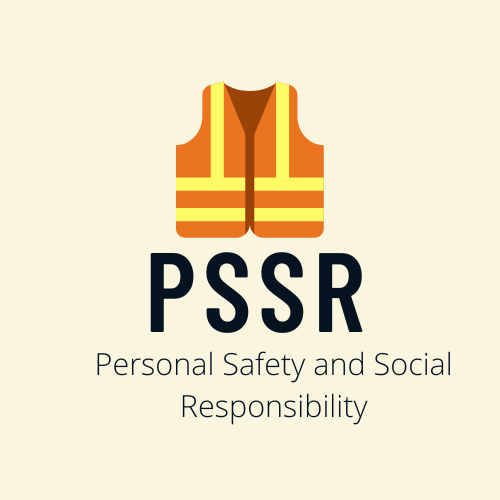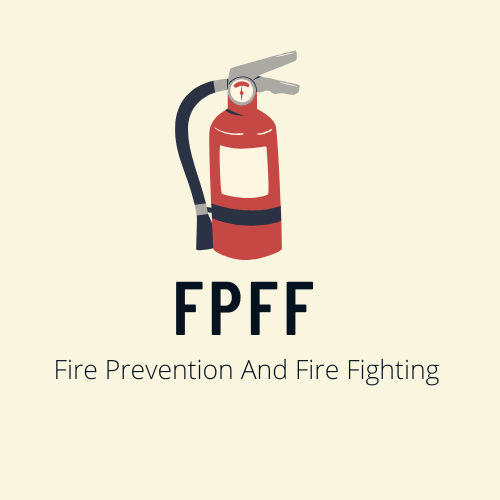This EFA exit exam questions and answer quiz contain 30 questions
If you found any questions answer incorrect please let us know by Clicking here
91. A conscious casualty who has suffered a stroke becomes unconscious. To keep his airway open and help him breathe, you should:
A) Turn him into the recovery position with his
unaffected side down. (correct)
B) Place him in a semi-sitting position.
C) Turn him into the recovery position with his unaffected side up.
D) Place him on his back.
92. A worker has fallen from a six-foot ladder onto a concrete floor. Your first action should be.
A) Take a SAMPLE history.
B) Perform a secondary survey.
C) Take charge and
perform a scene survey. (correct)
D) Assess the rate and quality of breathing.
93. The correct ratio of compressions to ventilations for two -rescuer CPR on a child is:
A) 5:1
B) 15:2 (correct)
C) 5:2
D) 15:1
94. To determine whether the ac-spine injury has occurred, you should think about the Mechanism of Injury. This can best be described as:
A) The force that causes the injury and the way
it acts on the body.(correct)
B) The circumstances after the injury.
C) The weather conditions at the time of the incident.
D) The area of the body that is injured
95. Shock is best defined as:
A) Inadequate circulation to the body's tissues (correct)
B) Inadequate delivery of oxygen to the lungs
C) Inadequate elimination of waste products from the body.
D) Inadequate amount of insulin.
96. The most critical factor in defibrillation is:
A) The time from collapse to defibrillation. (correct)
B) The skill of the AED responder.
C) The patient's previous cardiac history.
D) The type of defibrillator used.
97. The AED will shock a patient:
A) With a sinus rhythm.
B) In asystole.
C) In ventricular fibrillation. (correct)
D) With pulseless
electrical activity (PEA).
98. When transporting a patient, a shock should be administered:
A) Only in a vehicle that is properly grounded.
B) Whenever the machine indicates shock necessary.
C) When the vehicle is stopped. (correct)
D) When the vehicle is traveling at less than 20 km per hour.
99. When using an AED on a patient who is wearing a pacemaker, place the electro depends:
A) Directly on a pacemaker.
B) Two inches away from the pacemaker.
C) Within one inch of the pacemaker.
D) At least one inch away from the pacemaker.
100. In the hypothermic patient, you should limit the number of shocks to a maximum of:
A) 1 defibrillation attempt.
B) 2 defibrillation attempts.
C) 3 defibrillation
attempts.
D) 4 defibrillation attempts.
101. You have shocked a casualty and there are signs of circulation. You should:
A) Remove the AED from the scene.
B) Leave the AED attached to the casualty.
C) Disconnect the cables from the AED.
D) Remove the pads from the chest. (correct)
102. The most immediate serious complication associated with burns:
A) Shock (correct)
B) Infection
C) Scarring
D) Hypothermia
103. Burns that involve all layers of the skin is:
A) Superficial
B) Partial-thickness.
C) Full-thickness.
D) First degree.
104. A man is filling a gas tank on a generator when it bursts into flames. The casualty has a hoarse voice, he is blistered around the mouth and nose and both arms are reddened. You should classify this burn as:
A) Critical(correct)
B) Superficial
C) Moderate
D) Minor
105. The body surface burned the area of the palm of the hand represent % of the body surface.
A) One(correct)
B) Two
C) Five
D) Nine
106. An abrasion is:
A) Deep break in the skin involving significant bleeding.
B) Partial or complete loss of a body part
C) Objects through soft tissue.
D) The result of a sharp as crape or rubbing a
way of the epidermis (correct)
107. A soft tissue injury resulting from the impact of a blunt object is called:
A) A laceration.
B) An avulsion.
C) A contusion. (correct)
D) A concussion.
108. Tetanus is a condition:
A) That involves specific infection in the lower jaw.
B) That only occurs in the third world.
C) that is caused by a virus
D) That can be prevented by immunization. (correct)
109. The acronym SHARP refers to:
A) The assessment of the severity of a wound injury.
B) Signs and symptoms are used to determine the need to transport.
C) The depth of a penetrating wound and potential damage.
D) Signs of infection as assessed in wound
injuries.(correct)
110. Which one of the following factors increases the risk of life-threatening injury:
A) High velocity. (correct)
B) Low-velocity.
C) High density.
D) Low energy
111. Responders involved in wound management should consider:
A) Wounds should be thoroughly flushed to prevent infection.
B) All open wounds
are contaminated to some degree. (correct)
C) The risk of infection continues until the wound is dressed and bandaged.
D) Gloves should be worn if you suspect the patient may be ill.
112. Which action is part of first aid for a nose bleed?
A) Place an ice-pack on the back of the neck.
B) Plug the nose with gauze.
C) Lean forward and firmly pinch the soft parts
of the nose. (correct)
D) Lean the casualty backward in a sitting position.
113. To prevent further contamination and infection of the wound, you should cleanse the surrounding skin by:
A) Swabbing in circular motions around the wound.
B) Wiping lightly over the edges of the wound.
C) Swabbing from one side of the wound to the other.
D) Wiping away from the edges of the wound. (correct)
114. To prevent further contamination and infection of the wound, you should cleanse the surrounding skin
A) Swabbing in circular motions around the wound.
B) Wiping lightly over the edges of the wound.
C) Swabbing from one side of the wound to the other.
D) Wiping away from the edges of the wound. (correct)
115. If it becomes necessary to thaw a hand with deep frostbite you should ensure that:
A) The patient sees a doctor no later than 48 hrs after thawing
B) There is no danger of refreezing (correct)
C) Adequate pain relief medication is available
D) Capillary refill takes no longer than 10 seconds
116. You have been called for an 81-year-old unconscious male patient. He is in his living room. Despite the hot day, his overly dressed. He is flushed and dry, extremely hot to touch. You suspect:
A) Heat exhaustion.
B) Stroke.
C) Hyperglycemia.
D) Heatstroke. (correct)
117. The body loses heat in a variety of ways including:
A) Radiation, conduction, evaporation and respiration. (correct)
B) Radiation, refrigeration, evaporation and conduction.
C) Hyperglycemia.
D) Heatstroke
118. Body mechanics refers to:
A) Positioning and movement of the body (correct)
B) Number of rescuers needed to move a patient
C) A type of rescue carry
D) A special device to lift heavy loads
119. You are alone and must remove a casualty with a suspected spinal injury from a very hazardous situation. You should
A) Grab his wrists and drag him length-wise.
B) Keep his body rigid, support his head and neck and roll him away from the scene.
C) Tie his legs together and drag his feet first.
D) Grasp his clothing under his shoulders,
support his head and neck, and drag him lengthwise.
120. To safely perform a chair carry you need
A) 2 rescuers
B) 3 rescuers (correct)
C) 4 rescuers
D) 5 rescuers
NEXT





